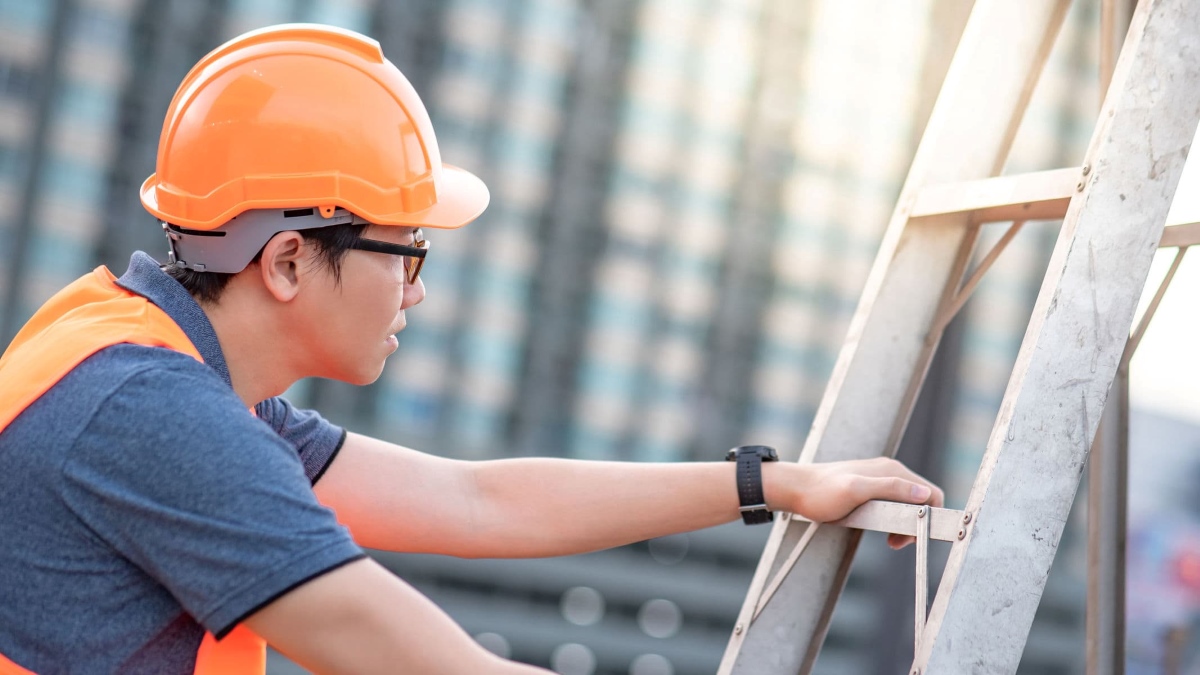

Articles
What Are The 3 Points Of Contact On A Ladder
Modified: May 6, 2024
Learn about the 3 critical points of contact on a ladder in this informative article. Discover how to ensure safety and stability while using a ladder.
(Many of the links in this article redirect to a specific reviewed product. Your purchase of these products through affiliate links helps to generate commission for Storables.com, at no extra cost. Learn more)
Introduction
When it comes to using a ladder safely, one of the fundamental principles is maintaining the three points of contact. But what exactly does that mean? In this article, we will explore the concept of points of contact on a ladder, why they are important, and the proper technique for ensuring your safety while using a ladder.
Whether you are a professional tradesperson, a DIY enthusiast, or simply need to perform occasional maintenance tasks around your home, understanding and practicing the three points of contact rule can significantly reduce the risk of accidents and injuries while working at height.
So, let’s dive in and explore the world of ladder safety, starting with a clear definition of what points of contact on a ladder actually refer to.
Key Takeaways:
- Maintaining three points of contact on a ladder is crucial for stability, balance, and reducing the risk of accidents. It distributes weight evenly and improves grip, enhancing ladder safety significantly.
- Proper technique, including a stable setup, mindful weight transfer, and maintaining hand contact, is essential for safe ladder usage. Adhering to the three points of contact rule minimizes the risk of accidents and injuries.
Point 1: Definition of Points of Contact on a Ladder
Points of contact on a ladder refer to the three areas of contact between your body and the ladder. These areas are typically your two feet and one hand or two hands and one foot. The concept is simple – at all times while on a ladder, you should have three points of contact to ensure stability and minimize the risk of falling.
Having three points of contact on a ladder prevents you from relying solely on your balance or grip strength. It distributes your weight across multiple points, making it easier to maintain stability and reducing the likelihood of slipping or tipping over.
It’s important to note that the points of contact should be secure and firm. This means your feet should be placed flat on the ladder, ensuring a stable foothold. Your hands or hand should have a firm grip on the ladder rungs or side rails. It’s also crucial to keep your center of gravity centered between the rails of the ladder.
Adhering to the three points of contact rule is essential for ladder safety, but it’s just the first step. Now, let’s explore why maintaining these points of contact is so important.
Point 2: Importance of Points of Contact on a Ladder
The importance of maintaining the three points of contact on a ladder cannot be overstated. It is a critical aspect of ladder safety that promotes stability, balance, and reduces the risk of accidents. Here are some reasons why these points of contact are vital:
- Stability: Having three points of contact provides a solid base of support, ensuring that the ladder remains stable while you are climbing or working on it. It reduces the chances of the ladder wobbling or shifting, which can lead to falls and injuries.
- Better Balance: By utilizing three points of contact, you can distribute your weight evenly on the ladder. This helps to maintain your balance and prevents you from leaning too far in any direction, reducing the risk of falling off.
- Reduced Fatigue: By using three points of contact, you can avoid putting unnecessary strain on specific muscles or parts of your body. This reduces muscle fatigue and allows you to work more comfortably and efficiently.
- Improved Grip: Having a firm grip on the ladder rungs or side rails with your hands ensures better control and stability. It minimizes the chance of slipping or losing your grip, especially if the ladder is wet or coated with debris.
- Emergency Situations: In the event of an unexpected movement or a ladder instability, having three points of contact increases your chances of reacting quickly and regaining control. It provides you with a secure base to steady yourself and prevent a potential fall.
Remember, ladder accidents can have severe consequences, including serious injuries or even death. Practicing the three points of contact rule is crucial for your safety and the safety of others who may be using the ladder.
Now that we understand the importance of maintaining three points of contact on a ladder, let’s move on to the proper technique for achieving and maintaining this balance.
Always maintain 3 points of contact when climbing a ladder – two hands and one foot, or two feet and one hand. This will help ensure stability and reduce the risk of falls.
Point 3: Proper Technique for Maintaining Three Points of Contact
Maintaining three points of contact on a ladder requires a proper technique that ensures your stability and safety. Follow these steps to practice the correct technique:
- Start with a stable setup: Place the ladder on a firm and stable surface. Ensure that the ladder is in good condition, with no defects or damages that could compromise its stability.
- Face the ladder: Stand facing the ladder and position yourself close to the ladder so that you can easily reach the rungs or side rails.
- Use your hands: Begin by placing both hands on the ladder’s rungs or side rails, gripping them firmly. Your hands should be positioned at shoulder width apart, allowing for a secure grip.
- Step onto the ladder: Lift one foot and step onto the ladder, placing it securely on one of the rungs. Ensure that your foot is flat and stable on the rung, providing a strong foothold.
- Transfer your weight: Once your foot is secure, transfer your weight onto that foot and lift the other foot, bringing it onto the ladder and placing it on the next rung. Again, ensure that your foot is flat and stable on the rung.
- Maintain hand contact: Throughout the climbing process, maintain your grip on the ladder with one or both hands. Continue to hold onto the rungs or side rails, providing support and stability.
- Move one step at a time: When climbing or descending the ladder, always move one foot at a time, maintaining three points of contact at all times. This means that two feet and one hand should always be in contact with the ladder.
- Be mindful of your center of gravity: Ensure that your body’s center of gravity stays between the ladder’s side rails. Avoid leaning too far to one side, as this can destabilize the ladder.
- Take your time: Climbing a ladder requires careful attention and focus. Take your time and do not rush. Avoid making sudden movements or overreaching, as this can throw off your balance.
By following these steps and maintaining three points of contact at all times, you can significantly reduce the risk of ladder-related accidents and ensure a safer climbing experience.
Now that you have a good understanding of the proper technique for maintaining three points of contact on a ladder, let’s summarize what we have learned.
Conclusion
Maintaining the three points of contact on a ladder is an essential safety practice that should be followed by anyone using a ladder. By having two feet and one hand or two hands and one foot in contact with the ladder at all times, you ensure stability, balance, and minimize the risk of falling.
We explored the definition of points of contact on a ladder – the three areas of contact between your body and the ladder. These areas provide a secure base, distribute weight evenly, and improve grip, all of which contribute to ladder safety.
We also highlighted the importance of maintaining points of contact on a ladder. From providing stability and balance to reducing fatigue and improving emergency response, the practice of three points of contact significantly enhances ladder safety.
Furthermore, we discussed the proper technique for maintaining three points of contact on a ladder. Starting with a stable setup, facing the ladder, using hands for grip, stepping onto the ladder one foot at a time, and being mindful of your center of gravity are crucial steps to follow for safe ladder usage.
Remember, ladder accidents can have severe consequences, but by adhering to the three points of contact rule and practicing proper ladder safety techniques, you can greatly minimize the risk of accidents and injuries.
So, the next time you use a ladder, make sure to keep these principles in mind. Safety should always be the top priority when working at height. Stay safe and secure by maintaining your three points of contact on the ladder.
Curious about ladder safety? There's more to discover on ensuring safety beyond just climbing! Dive into our discussion on why construction safety matters and how it significantly reduces risks, saves lives, and boosts efficiency on-site. Let's keep building our knowledge on safe practices together!
Frequently Asked Questions about What Are The 3 Points Of Contact On A Ladder
Was this page helpful?
At Storables.com, we guarantee accurate and reliable information. Our content, validated by Expert Board Contributors, is crafted following stringent Editorial Policies. We're committed to providing you with well-researched, expert-backed insights for all your informational needs.
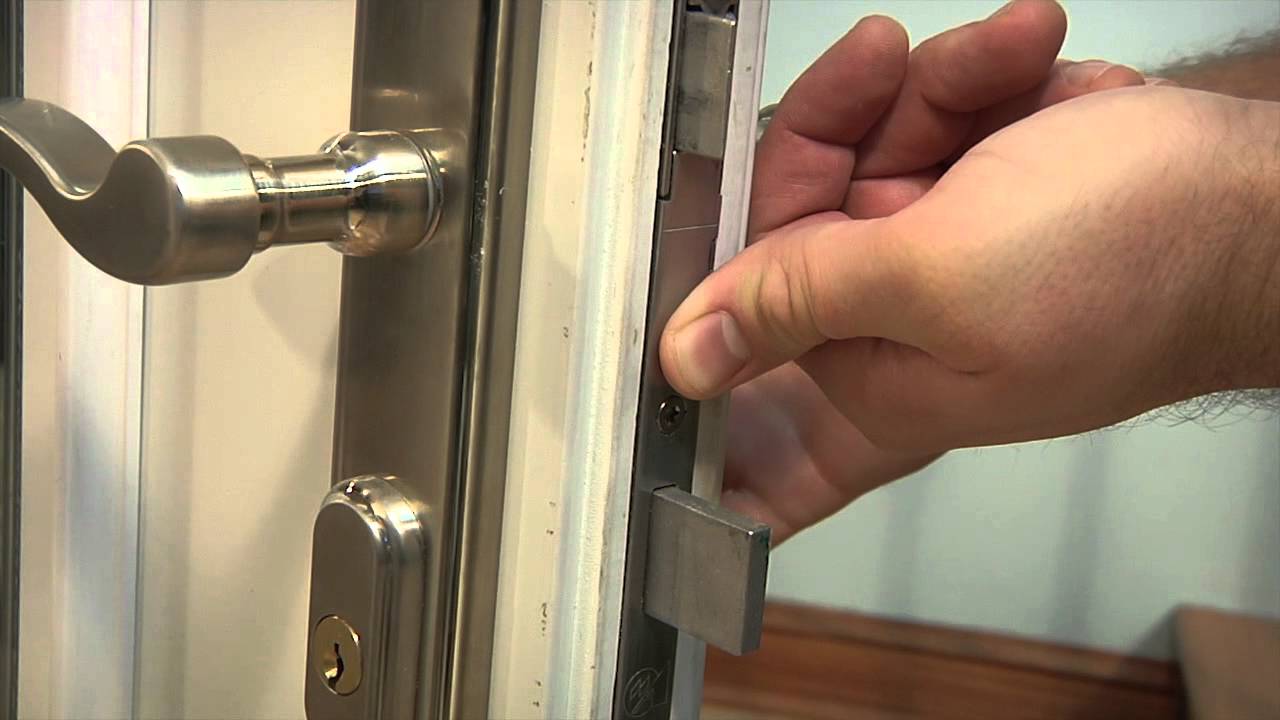
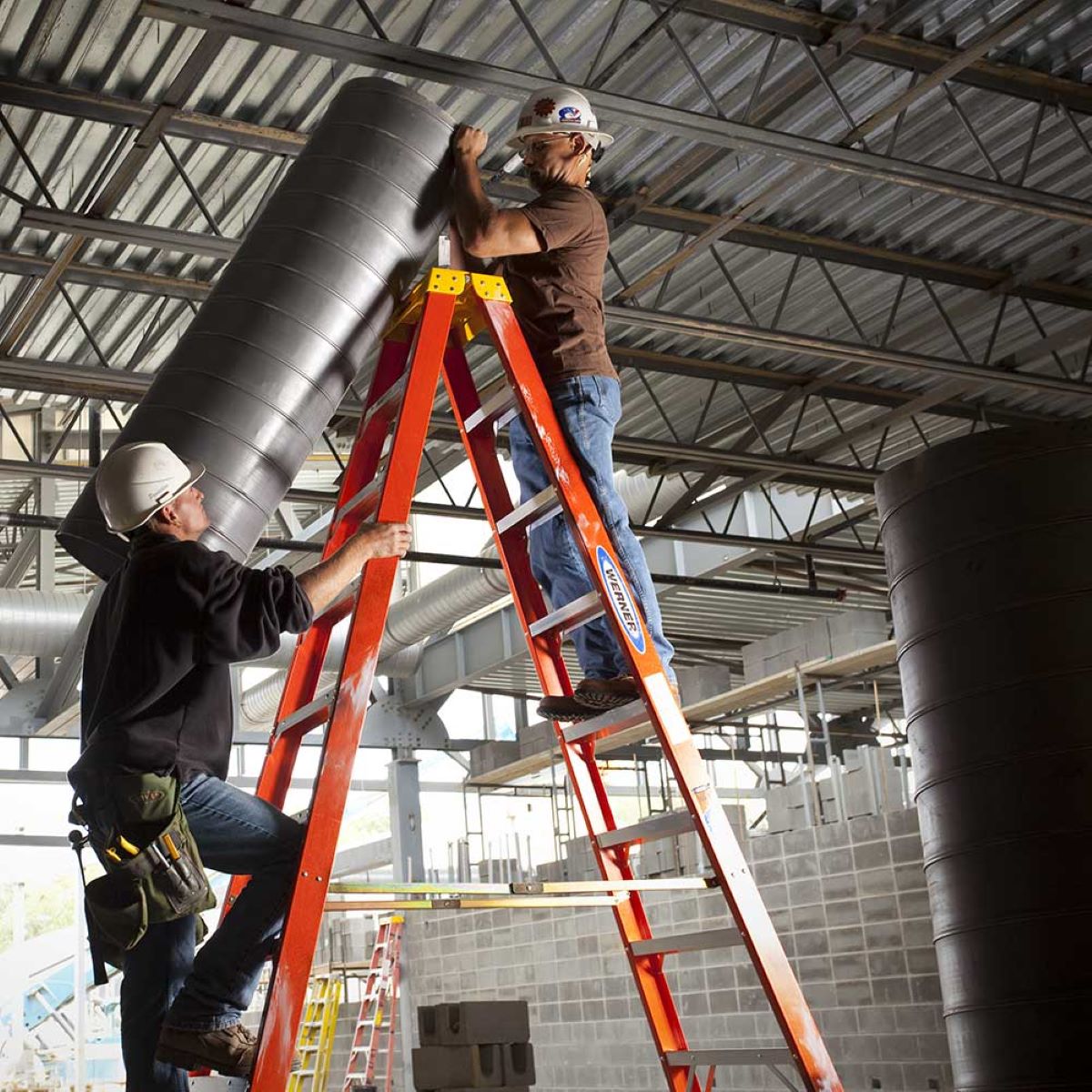
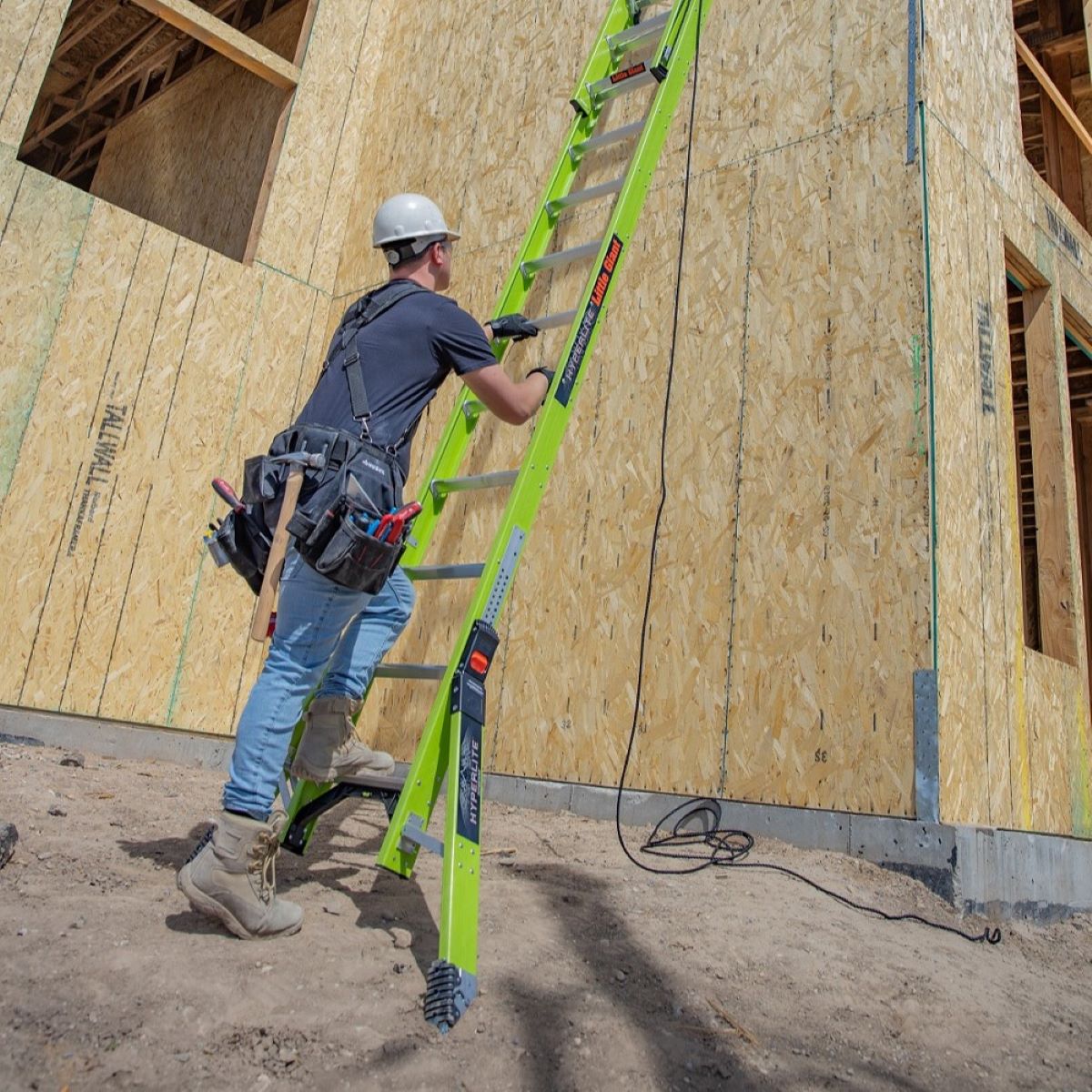
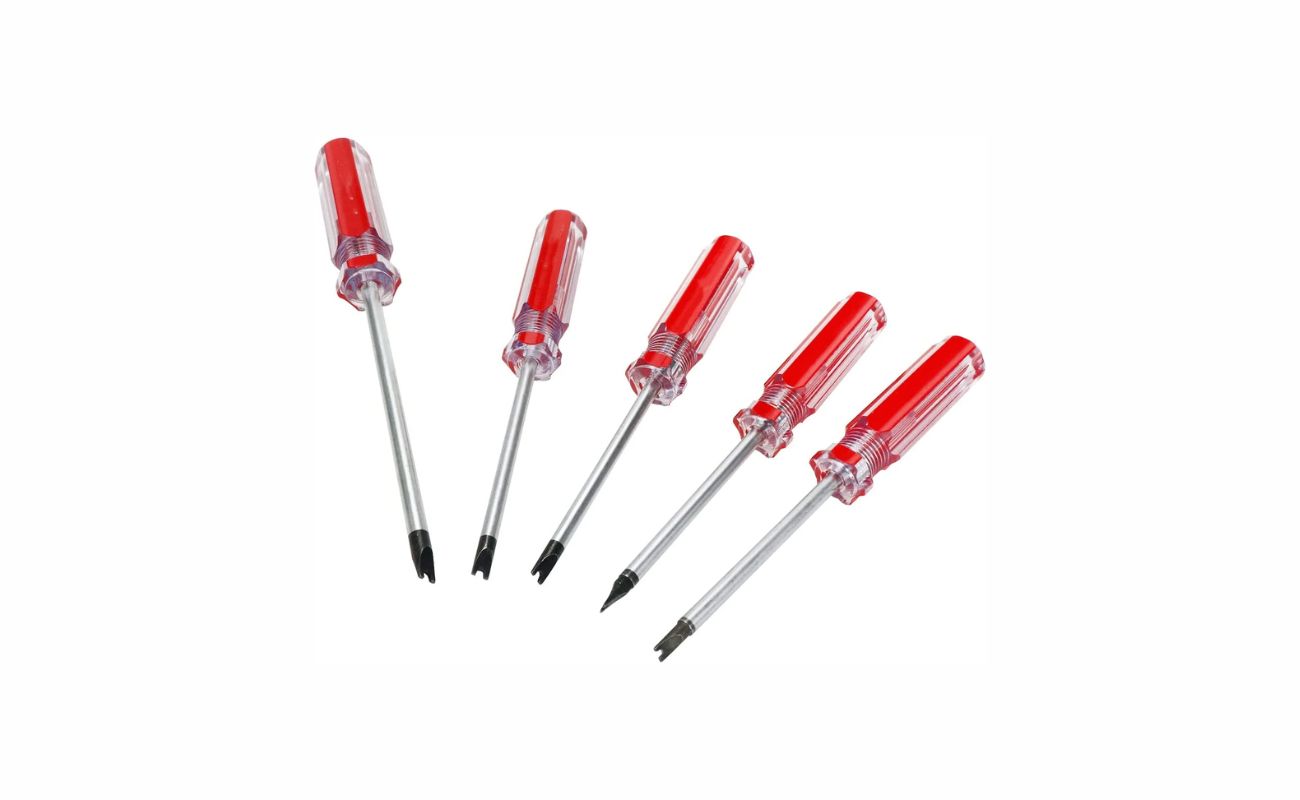
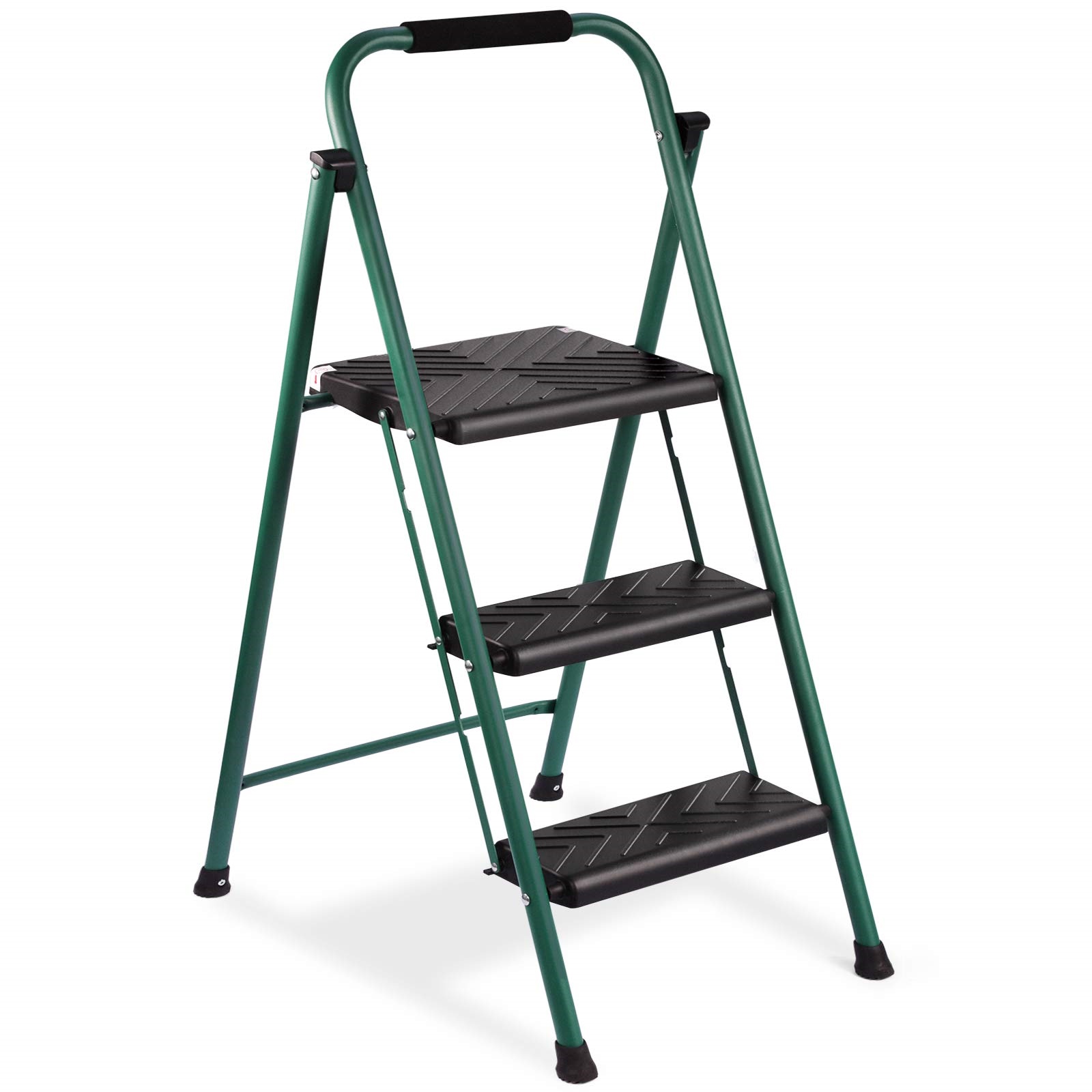


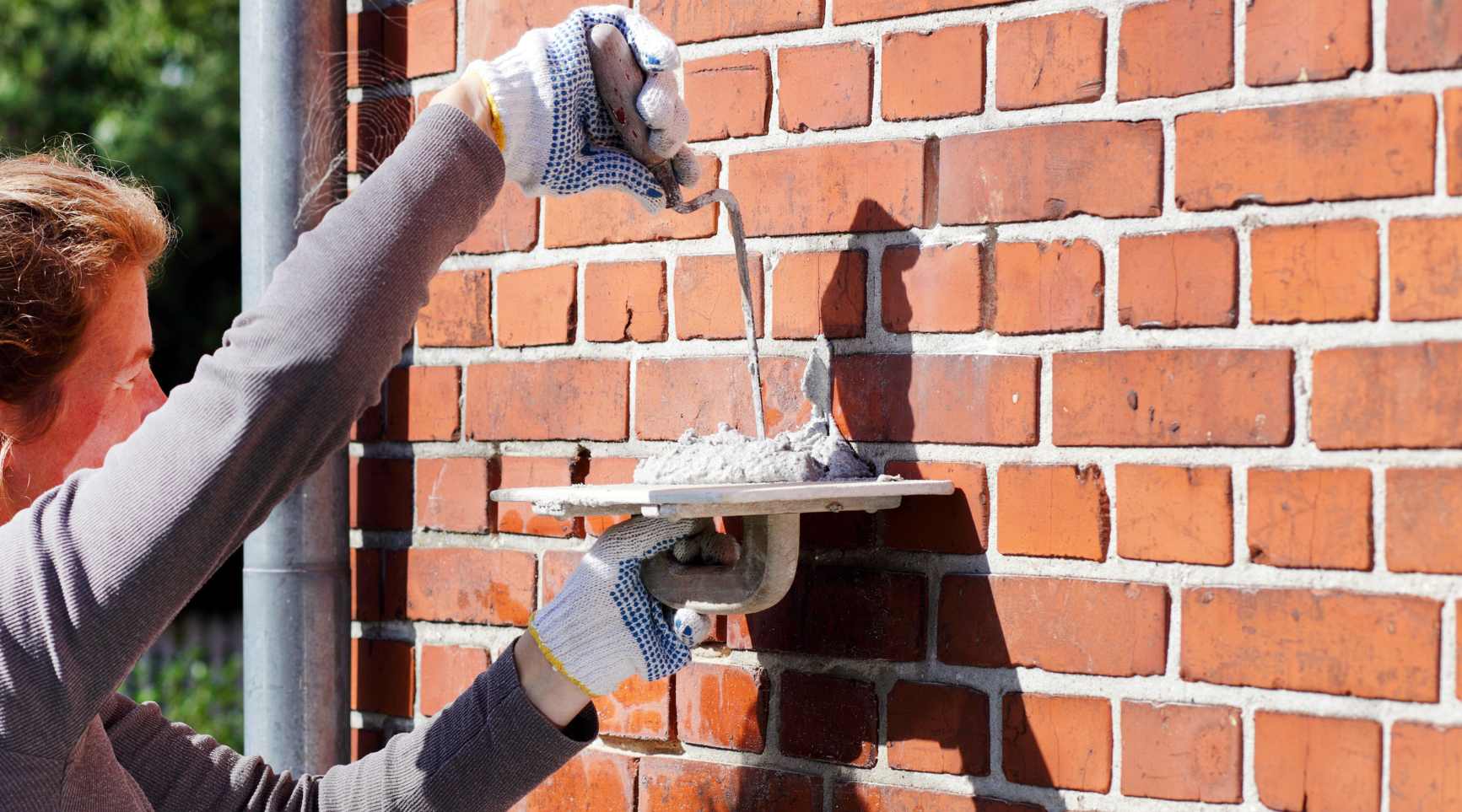

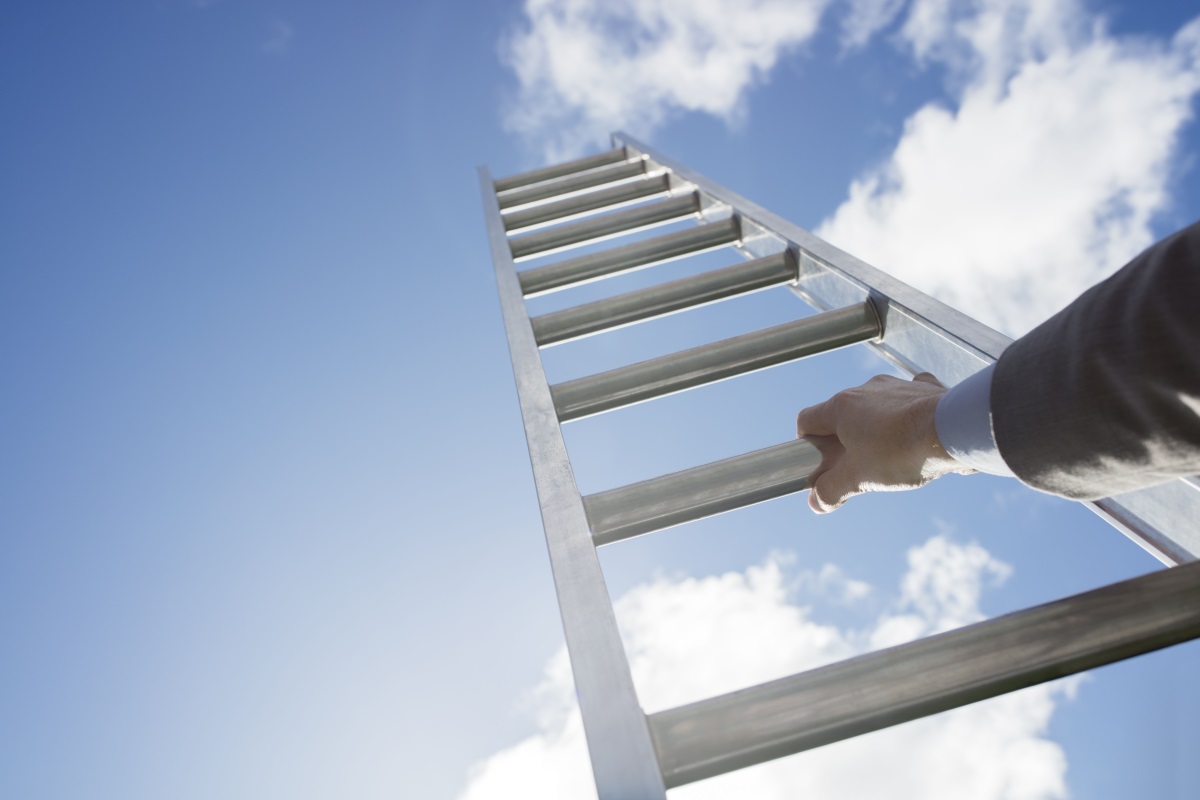
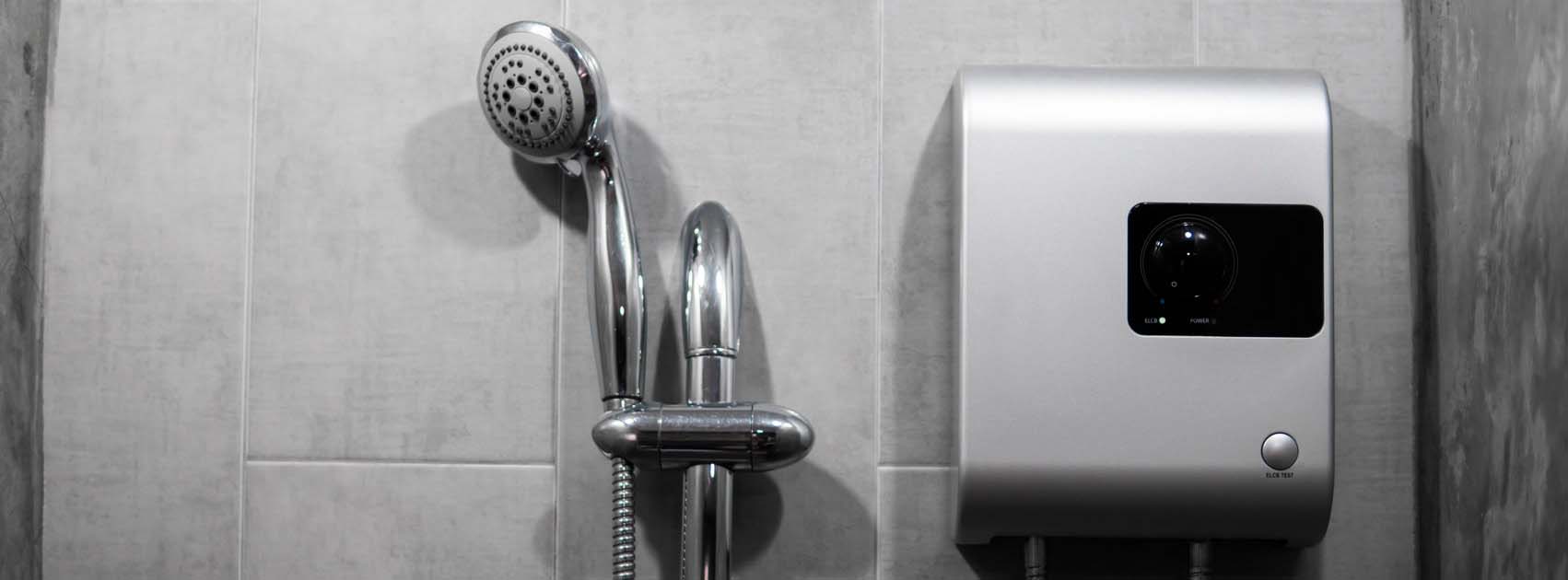
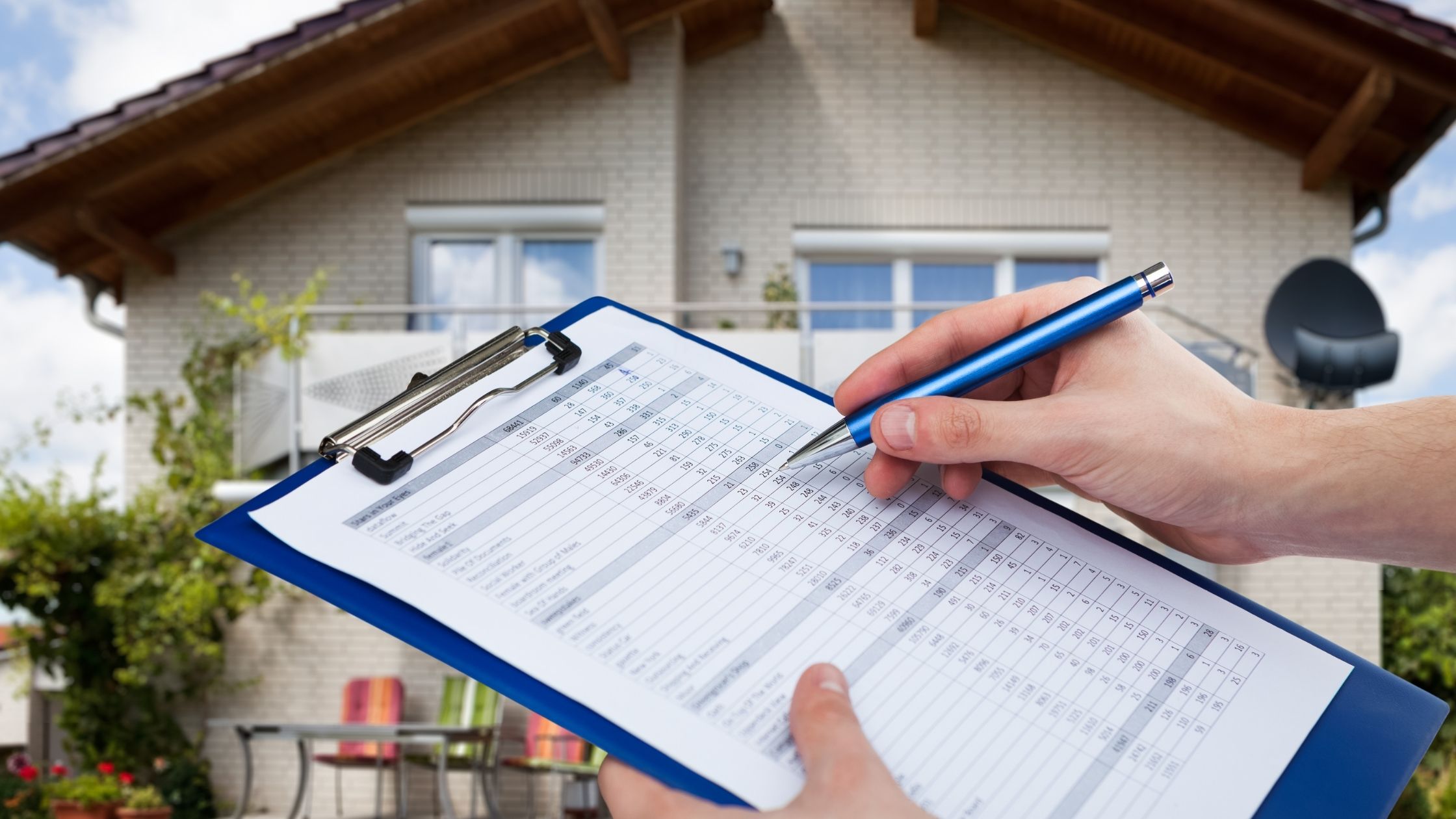

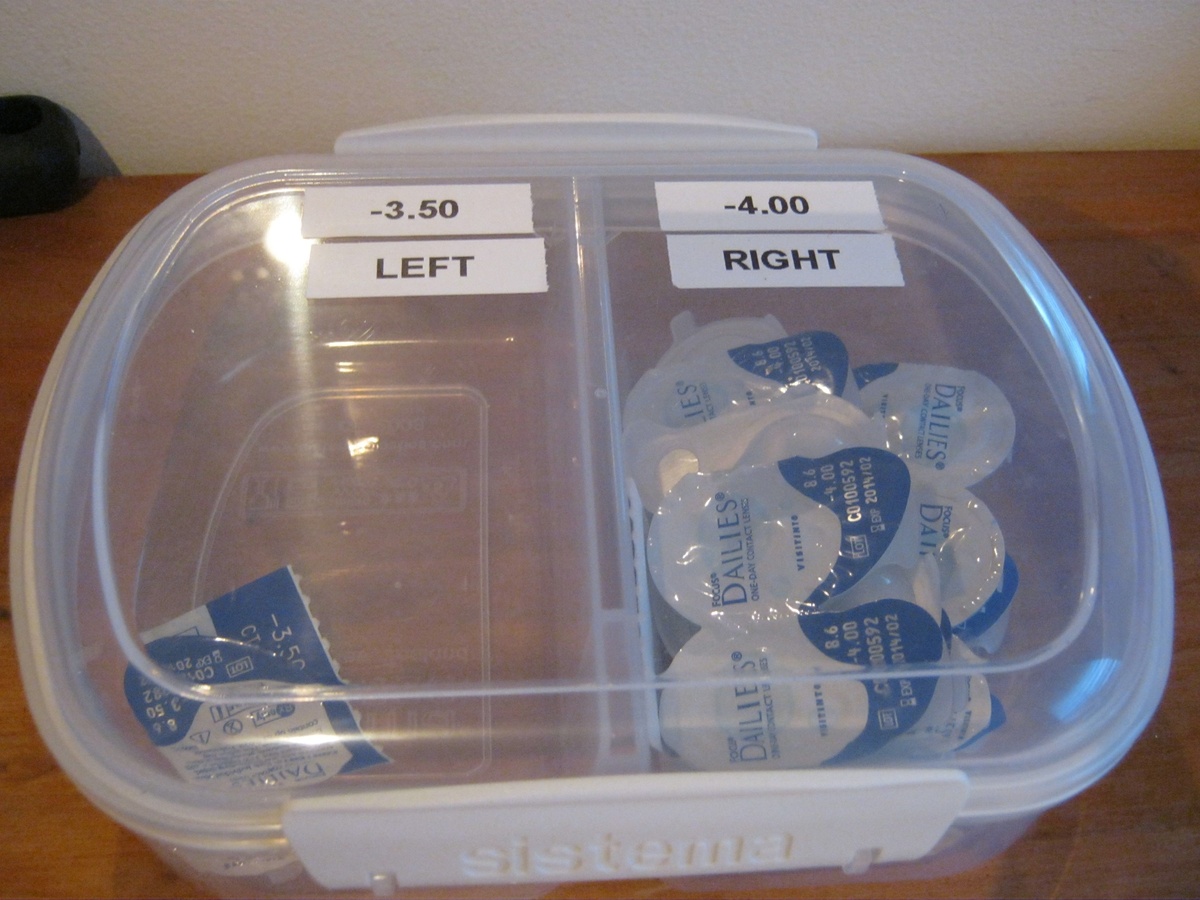
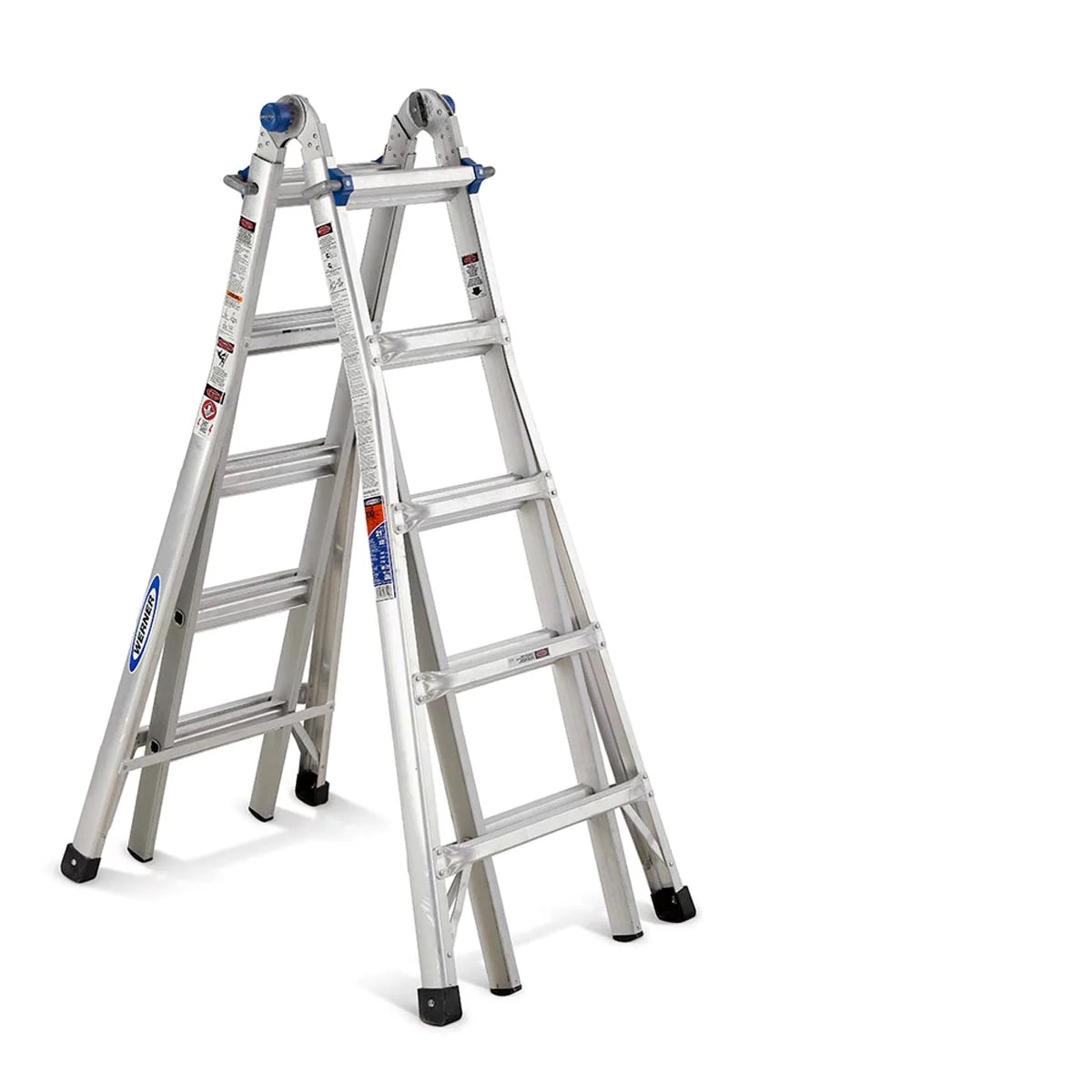

0 thoughts on “What Are The 3 Points Of Contact On A Ladder”